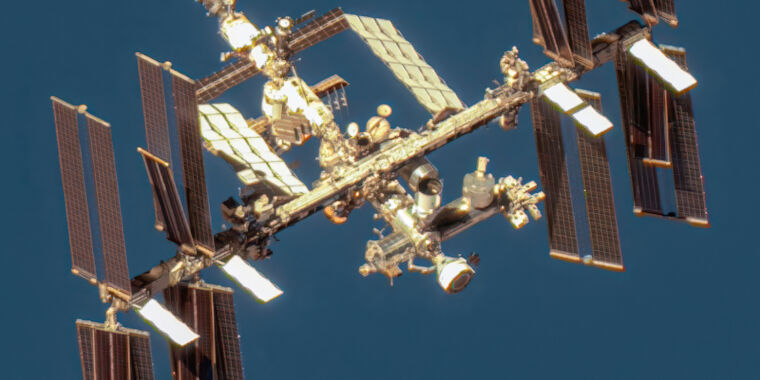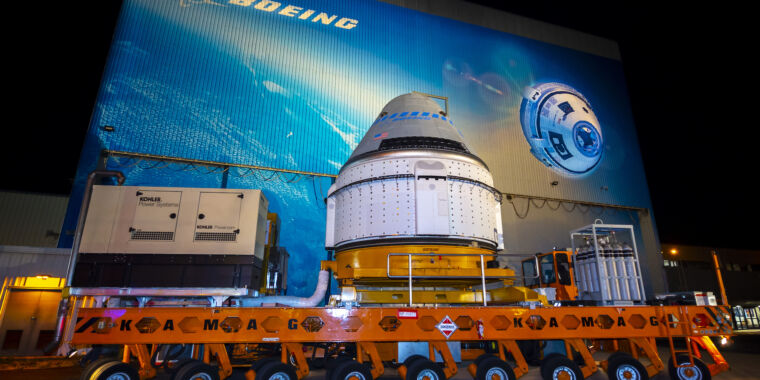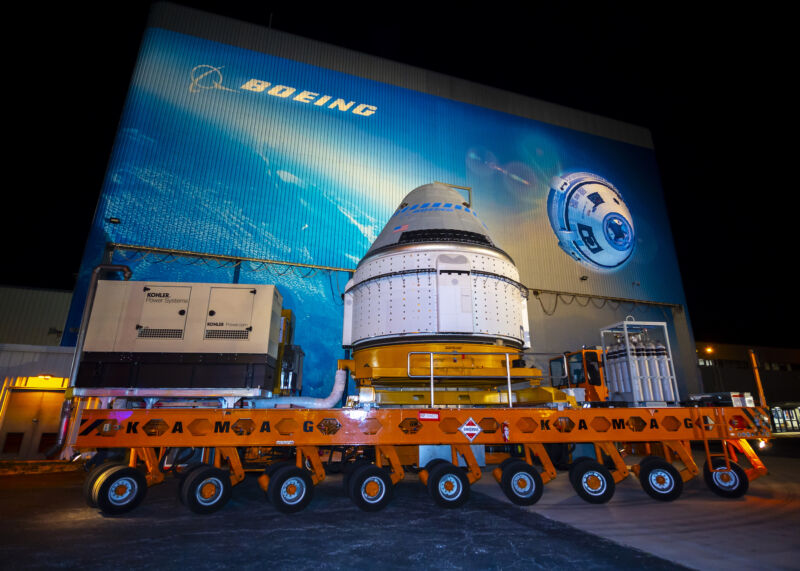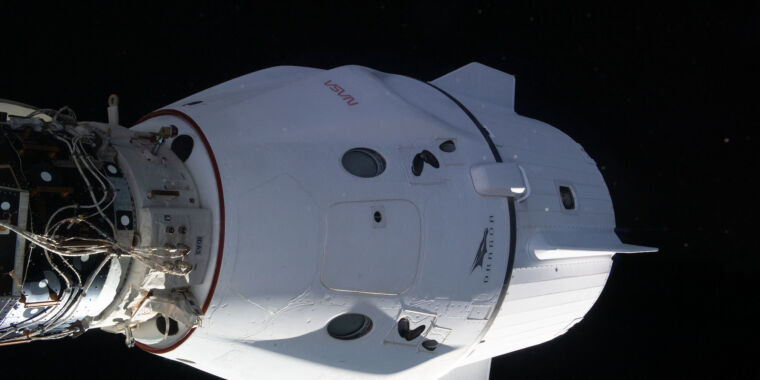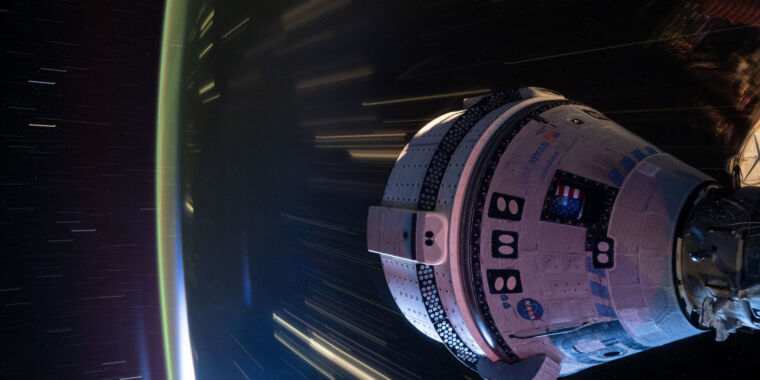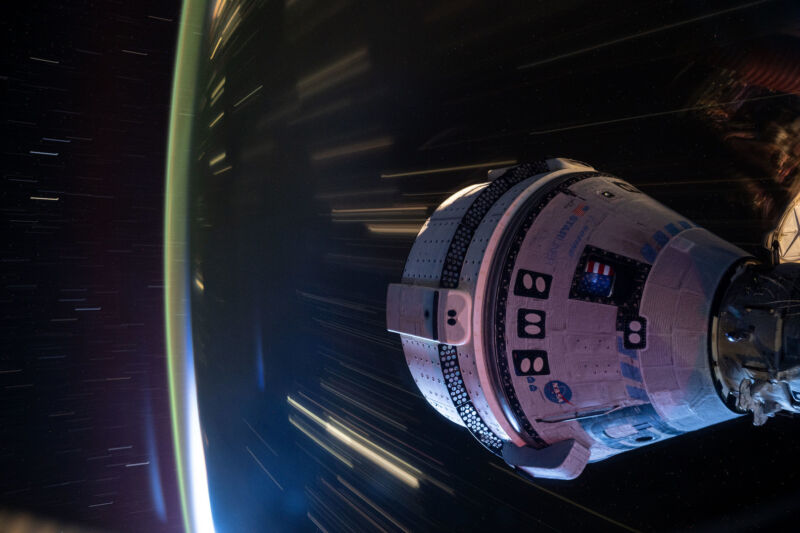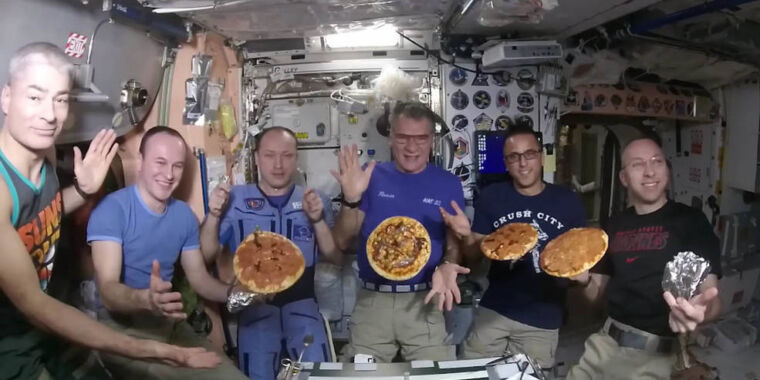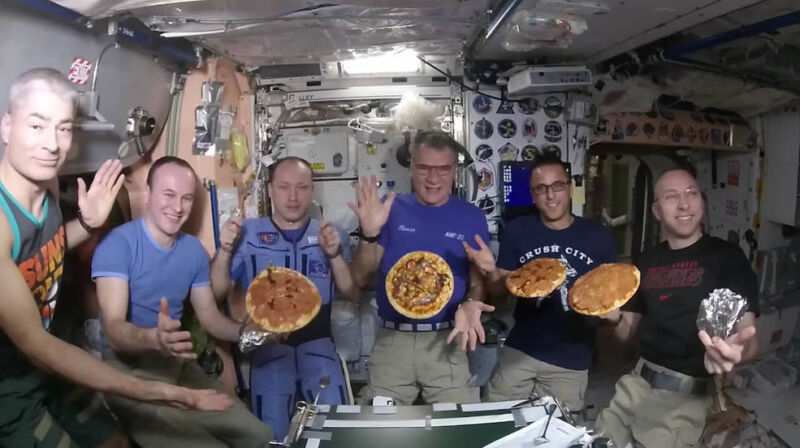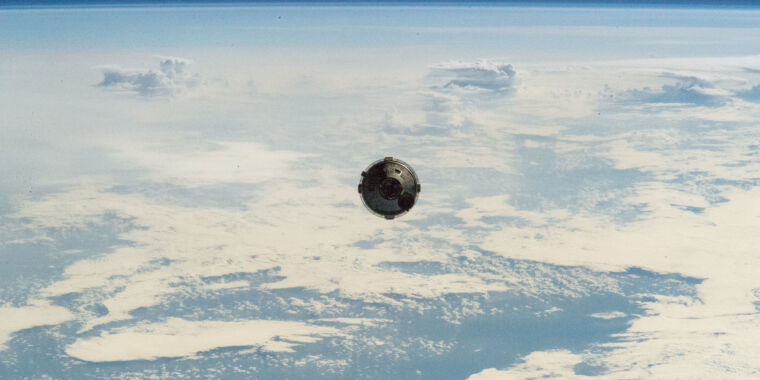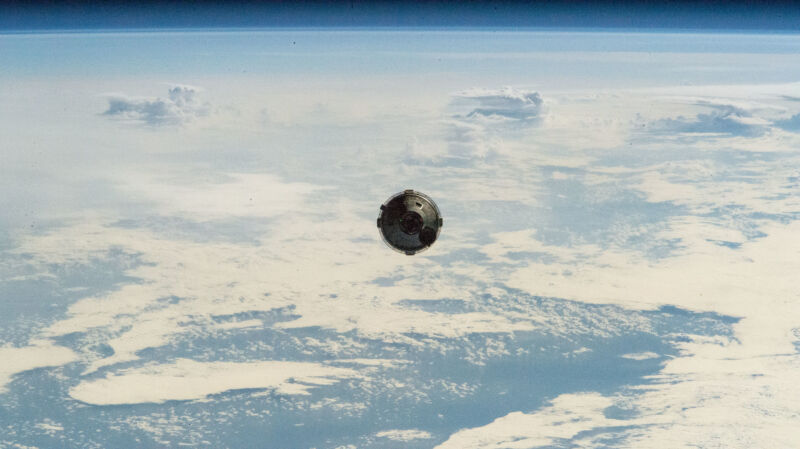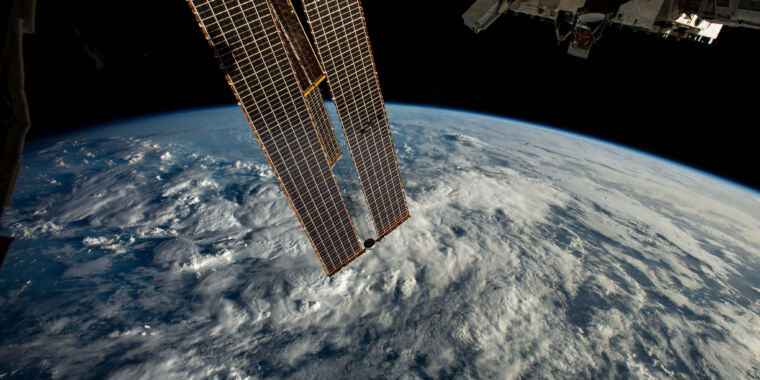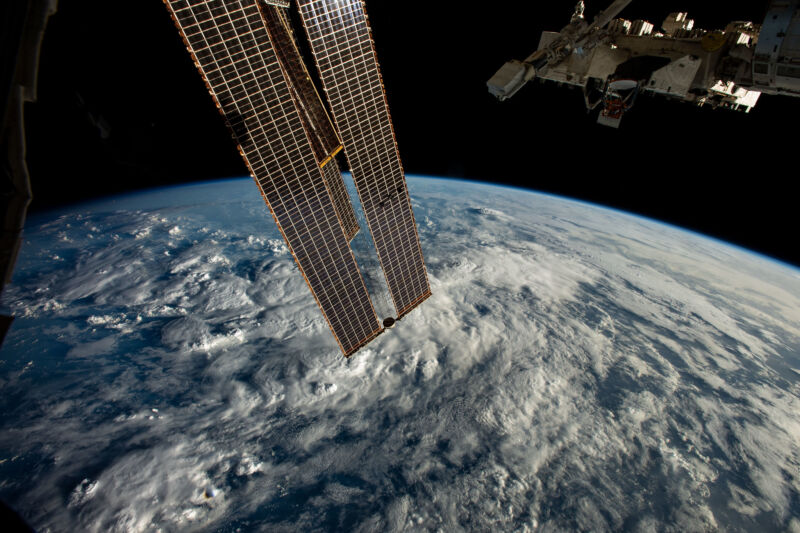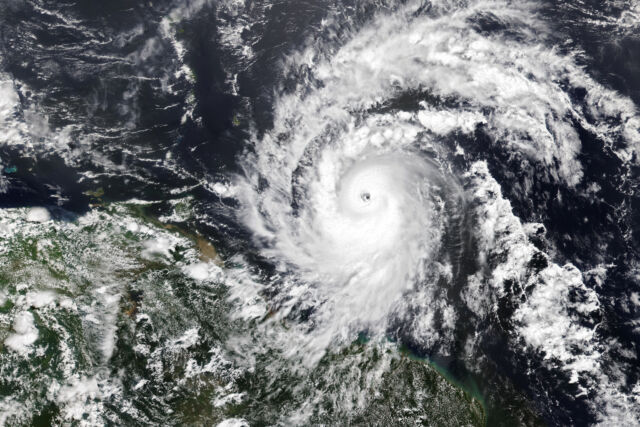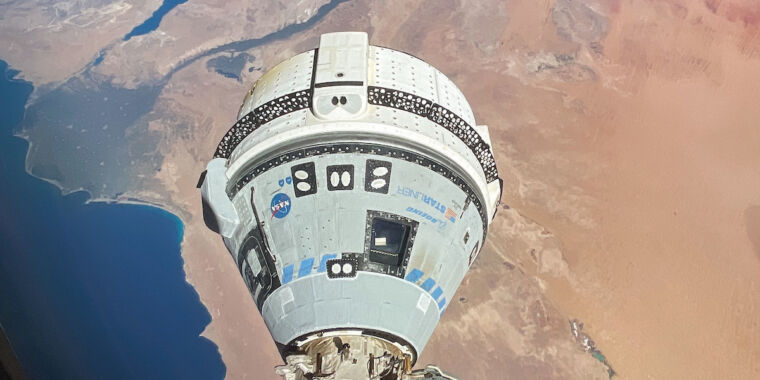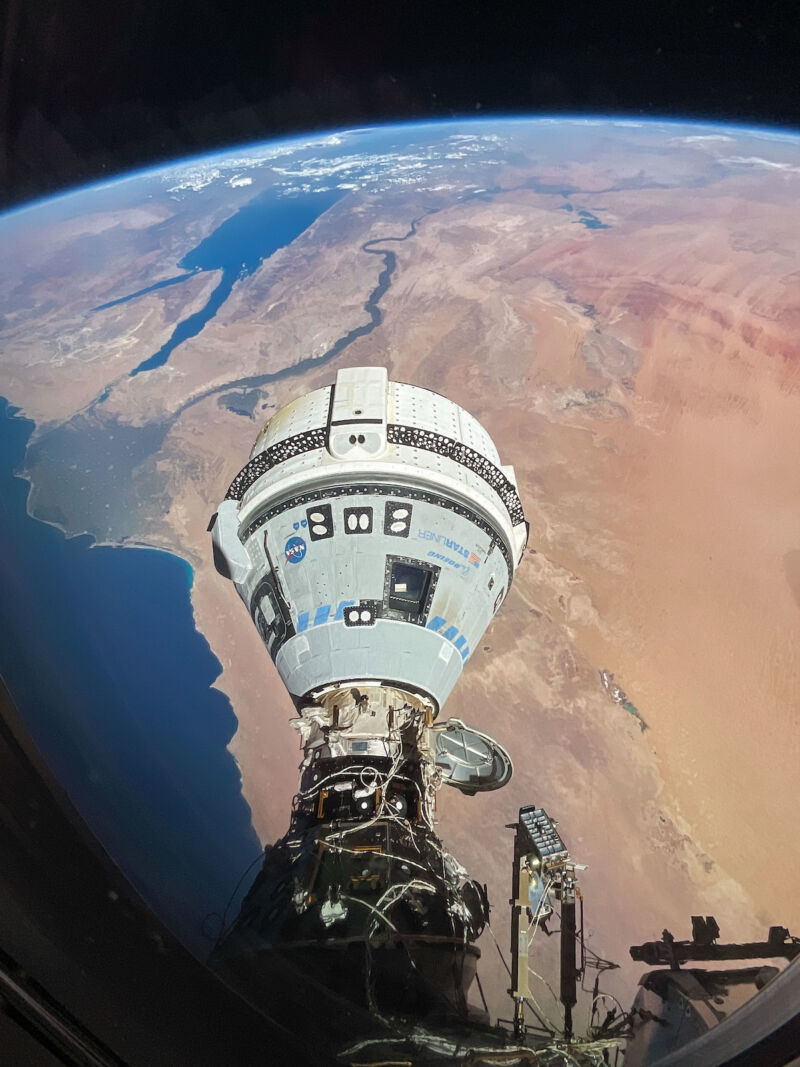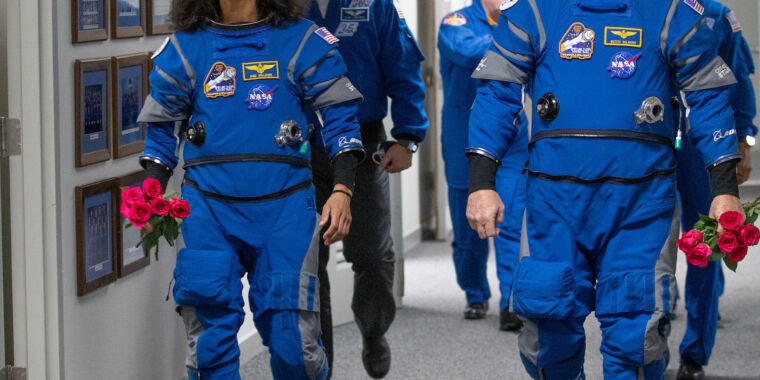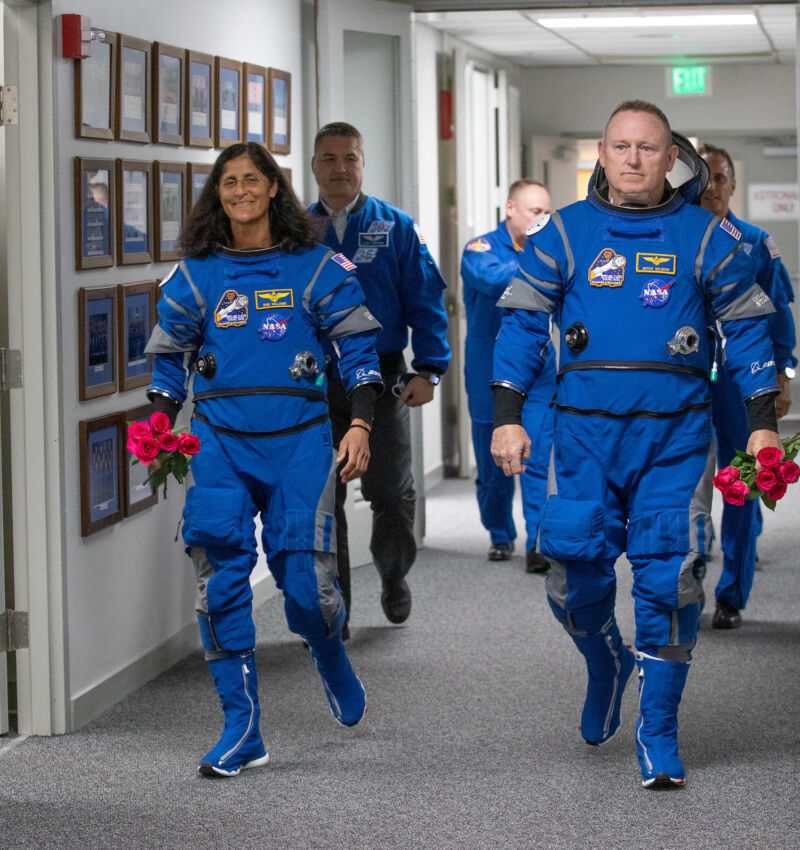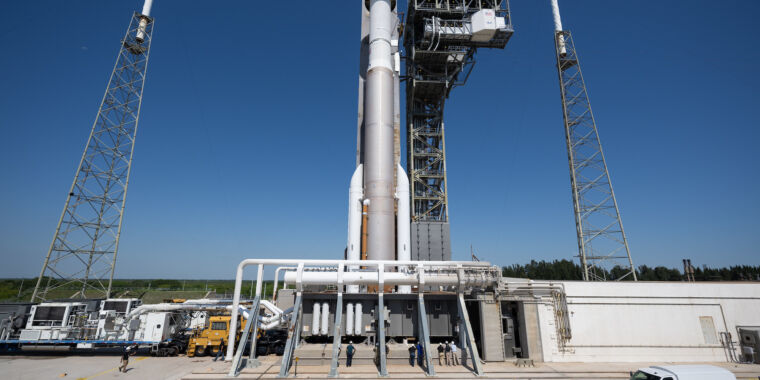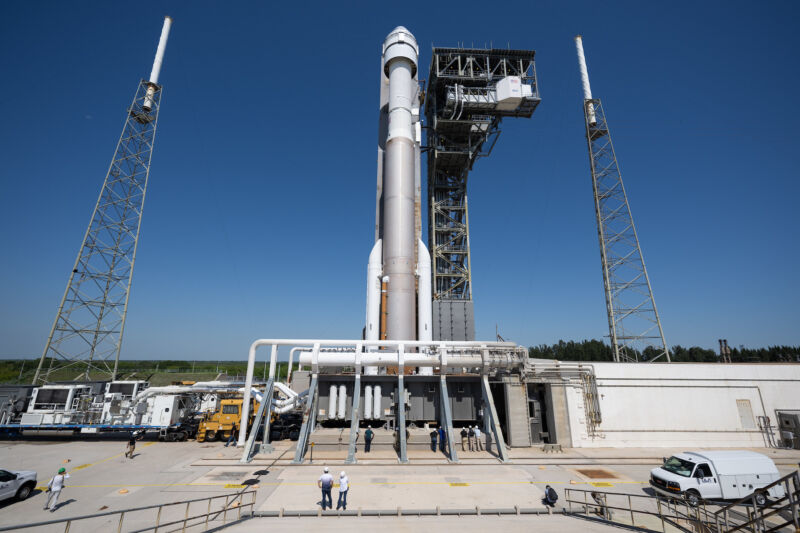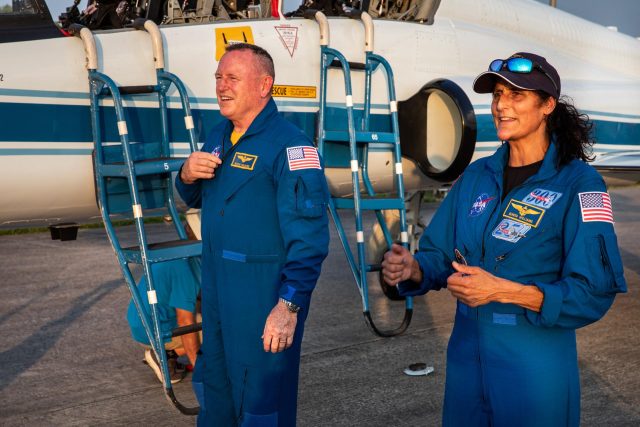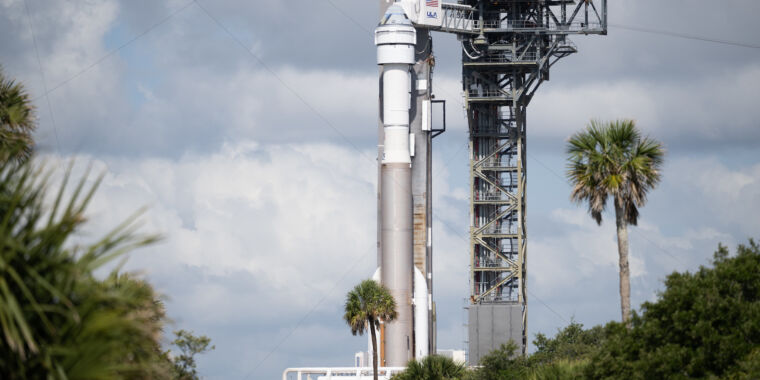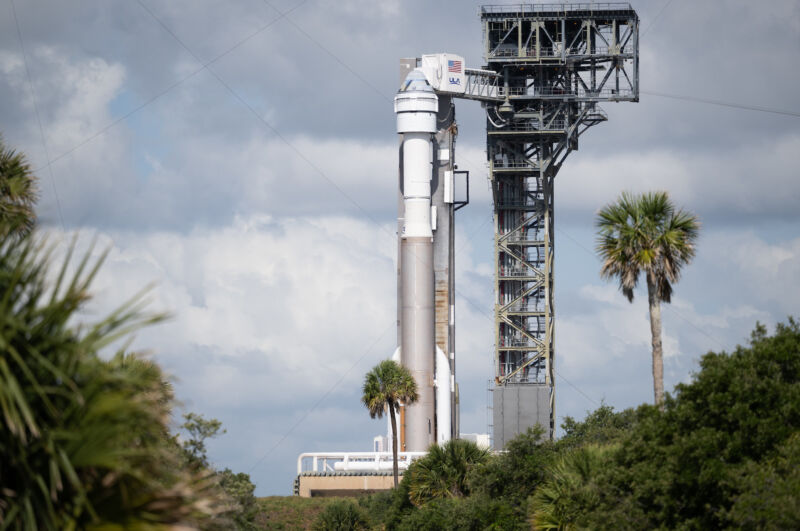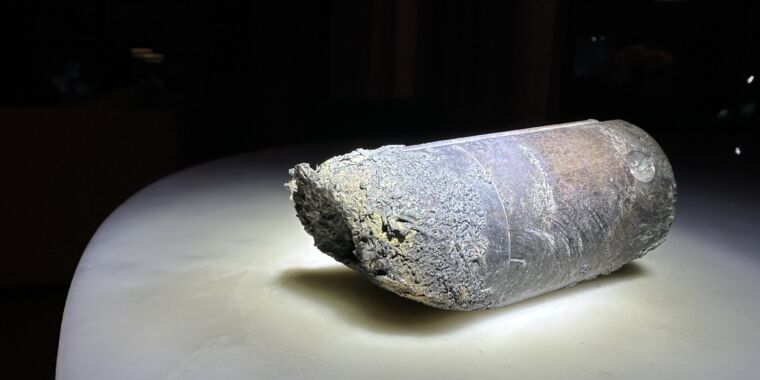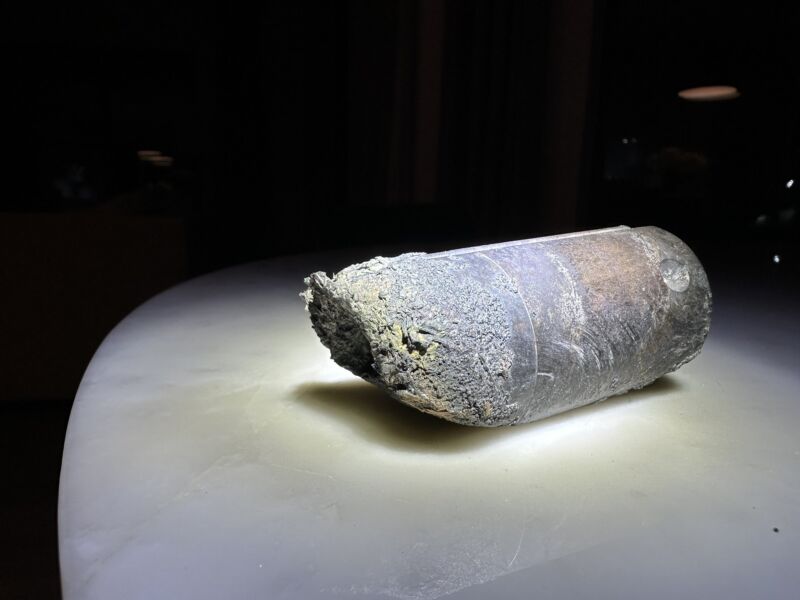After months of mulling, NASA will decide on Starliner return this weekend
Standby for news —
“The agency flight readiness review is where any formal dissents are presented and reconciled.”
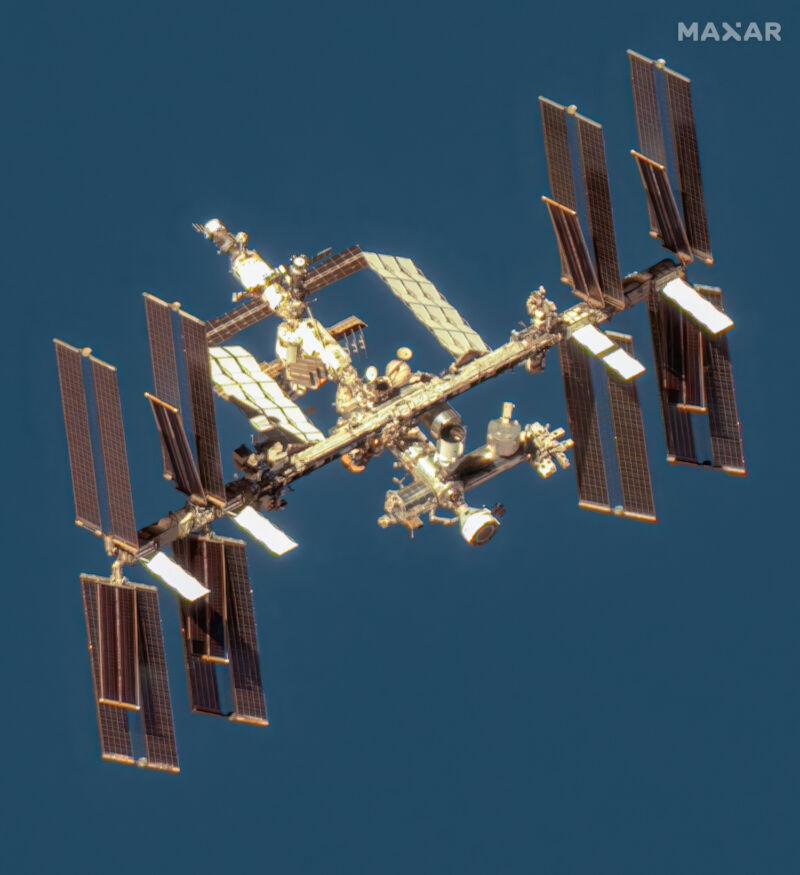
Enlarge / A high-resolution commercial Earth-imaging satellite owned by Maxar captured this view of the International Space Station on June 7 with Boeing’s Starliner capsule docked at the lab’s forward port (lower right).
Senior NASA leaders, including the agency’s administrator, Bill Nelson, will meet Saturday in Houston to decide whether Boeing’s Starliner spacecraft is safe enough to ferry astronauts Butch Wilmore and Suni Williams back to Earth from the International Space Station.
The Flight Readiness Review (FRR) is expected to conclude with NASA’s most consequential safety decision in nearly a generation. One option is to clear the Starliner spacecraft to undock from the space station in early September with Wilmore and Williams onboard, as their flight plan initially laid out, or to bring the capsule home without its crew.
As of Thursday, the two veteran astronauts have been on the space station for 77 days, nearly 10 times longer than their planned stay of eight days. Wilmore and Williams were the first people to launch and dock at the space station aboard a Starliner spacecraft, but multiple thrusters failed and the capsule leaked helium from its propulsion system as it approached the orbiting complex on June 6.
That led to months of testing—in space and on the ground—data reviews, and modeling for engineers to try to understand the root cause of the thruster problems. Engineers believe the thrusters overheated, causing Teflon seals to bulge and block the flow of propellant to the small control jets, resulting in losing thrust. The condition of the thrusters improved once Starliner docked at the station when they weren’t repeatedly firing, as they need to do when the spacecraft is flying alone.
However, engineers and managers have not yet reached a consensus about whether the same problem could recur, or get worse, during the capsule’s journey back to Earth. In a worst-case scenario, if too many thrusters fail, the spacecraft would be unable to point in the proper direction for a critical braking burn to guide the capsule back into the atmosphere toward landing.
The suspect thrusters are located on Starliner’s service module, which will perform the deorbit burn and then separate from the astronaut-carrying crew module before reentry. A separate set of small engines will fine-tune Starliner’s trajectory during descent.
If NASA managers decide it’s not worth the risk, Wilmore and Williams would extend their stay on the space station until at least February of next year, when they would return to Earth inside a Dragon spacecraft provided by SpaceX, Boeing’s rival in NASA’s commercial crew program. This would eliminate the threat that thruster problems on the Starliner spacecraft might pose to the crew’s safety during the trip to Earth, but it comes with myriad side effects.
These effects include disrupting crew activities on the space station by bumping two astronauts off the next SpaceX flight, exposing Wilmore and Williams to additional radiation during their time in space, and dealing a debilitating blow to Boeing’s Starliner program.
If Boeing’s capsule cannot return to Earth with its two astronauts, NASA may not certify Starliner for operational crew missions without an additional test flight. In that case, Boeing probably wouldn’t be able to complete all six of its planned operational crew missions under a $4.2 billion NASA contract before the International Space Station is due for retirement in 2030.
FRR-eedom to speak
The Flight Readiness Review at NASA’s Johnson Space Center in Houston will begin Saturday morning. Ken Bowersox, a former astronaut and head of NASA’s Space Operations Mission Directorate, will chair the meeting. NASA Administrator Bill Nelson will participate, too. If there’s no unanimous agreement around the table at the FRR, a final decision on what to do could be elevated above Bowersox to NASA’s associate administrator, Jim Free or to Nelson.
“The agency flight readiness review is where any formal dissents are presented and reconciled,” NASA said in a statement Thursday. “Other agency leaders who routinely participate in launch and return readiness reviews for crewed missions include NASA’s administrator, deputy administrator, associate administrator, various agency center directors, the Flight Operations Directorate, and agency technical authorities.”
NASA has scheduled a press conference for no earlier than 1 pm ET (17: 00 UTC) Saturday to announce the agency’s decision and next steps, the agency said.
Lower-level managers will meet Friday in a so-called Program Control Board to discuss their findings and views before the FRR. At a previous Program Control Board meeting, managers disagreed on whether the agency was ready to sign off that the Starliner spacecraft was safe enough to return its astronauts to Earth.
There’s one new piece of information that engineers will brief to the Program Control Board on Friday:
“Engineering teams have been working to evaluate a new model that represents the thruster mechanics and is designed to more accurately predict performance during the return phase of flight,” NASA said. “This data could help teams better understand system redundancy from undock to service module separation. Ongoing efforts to complete the new modeling, characterize spacecraft performance data, refine integrated risk assessments, and determine community recommendations will fold into the agency-level review.”
After months of mulling, NASA will decide on Starliner return this weekend Read More »
